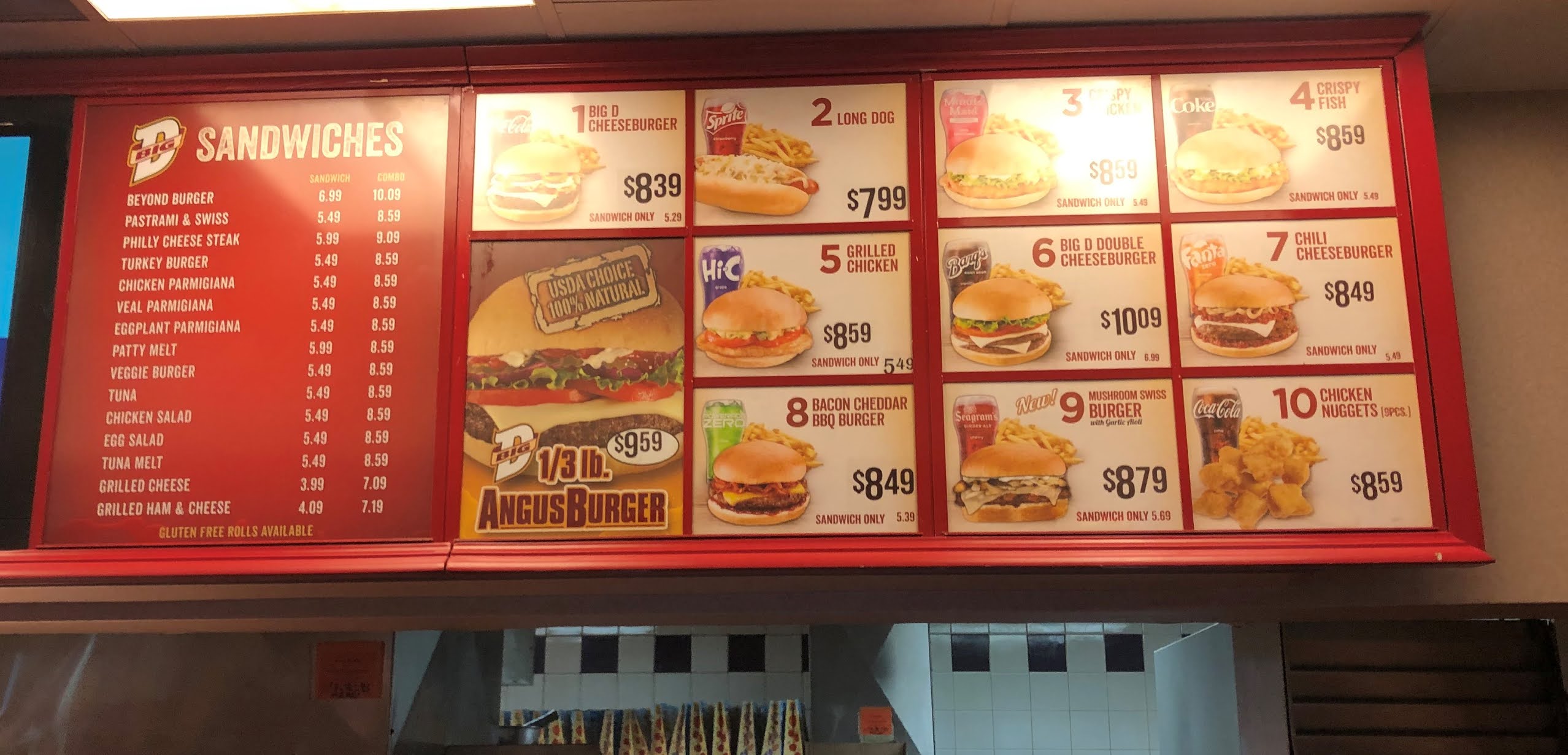Grouping products and prices¶
What is grouping?¶
The most basic use case of a pricebook is to group products with their relevant prices. While this seems rudimentary, multiple use cases are enabled just by creating this abstraction.
Why is grouping important?¶
From an organizational perspective, it’s less overhead when products and prices are grouped in a logical and thoughtful manner. This learning is not something that can be easily explained and can only be understood through experience.
From a business perspective, there are two main use cases for grouping products together.
Bundling products into specific combinations
Segmenting of prices by demographic
Bundling¶
If you are familiar with sales, a common way to sell ancillary products is to bundle them together with a discount. A combo meal purchased at a fast-food restaurant includes multiple products, with a total cost that is less than buying each item à la carte. Bundling is an effective tactic to upsell customers on buying multiple items.

Packaging, from a software perspective is quite similar, but the incentives and tactics can differ depending on the predominant type of pricing used. Like the restaurant, the goal of a software sales department is selling products. If the company primarily sells large fixed cost contracts, then bundling products to get a higher contract value could be a successful tactic. The company could further improve its leverage by disqualifying à la carte consumption (e.g. you need an enterprise package to get access to security features like SSO).
On the other hand, if the company is primarily offers usage based pricing, this could make bundling as a tactic less relevant since most products are available up front. Why give out a discount if the customer is only paying for their usage? The primary goal of a larger sale is no longer guaranteed by straightforward packaging. Where there is a will, there’s a way, and one ‘way’ is to tie discounts to contractually obligated spend or increased upfront fees.
We demonstrate an example of grouping in our Wikipedia example. In addition to the “Standard” pricebook, there is also an “Enterprise” pricebook. While they are mostly the same, there are a few key differences in prices and products. The “Enterprise” packaging is cheaper on a usage basis, but has the more expensive “Enterprise platform fee”. One could also imagine that the “Enterprise platform fee” product might offer additional features like SSO, priority customer support or self-hosting.
This is a classic example of a bundling tactic to encourage enterprise customers to pay a higher recurring amount. When done well, this type of bundling provides as much value to the customer as it does the company.
products.id |
products.name |
pricebooks.durable_id |
pricebooks.name |
list_prices.id |
list_prices.price |
invoice_delivery |
invoice_schedule |
list_prices.created_at |
|---|---|---|---|---|---|---|---|---|
1 |
Updates |
a |
Standard |
1 |
0.10 |
ARREARS |
1 |
2023-11-01 |
2 |
Creates |
a |
Standard |
2 |
0.05 |
ARREARS |
1 |
2023-11-01 |
3 |
Platform fee |
a |
Standard |
3 |
1000.00 |
ADVANCED |
12 |
2023-11-01 |
products.id |
products.name |
pricebooks.durable_id |
pricebooks.name |
list_prices.id |
list_prices.price |
invoice_delivery |
invoice_schedule |
list_prices.created_at |
|---|---|---|---|---|---|---|---|---|
1 |
Updates |
b |
Enterprise |
4 |
0.05 |
ARREARS |
1 |
2023-11-01 |
2 |
Creates |
b |
Enterprise |
5 |
0.04 |
ARREARS |
1 |
2023-11-01 |
4 |
Enterprise platform fee |
b |
Enterprise |
6 |
5000.00 |
ADVANCED |
12 |
2023-11-01 |
Price segmentation¶
Bundling is primarily focused on changing pricing based on the contents of the package. What about changing pricing even though the contents of the package are exactly the same? This is known as price segmentation.
One example of price segmentation is when theme parks price tickets differently for separate age groups. Different age groups often have different purchasing power, for instance seniors might be money conscious due to their status as retirees. The same thing occurs when selling software, but usually the segmentation is more nuanced. Some popular price segmentations are as follows:
Country
Business maturity (Startup, Growth, Enterprise)
Industry (e.g. Healthcare, Finance, Technology, Consumer goods)
There is no price segmentation present within the Wikipedia case study but with a few changes it can be demonstrated. Let’s use the following scenario to get a better understanding of how this could be modeled.
Wikipedia would like to segment the price based on country. They have determined that German customers won’t pay as much for the product and are discounting the prices on the standard plan by 10%.
products.id |
products.name |
pricebooks.durable_id |
pricebooks.name |
list_prices.id |
list_prices.price |
invoice_delivery |
invoice_schedule |
list_prices.created_at |
|---|---|---|---|---|---|---|---|---|
1 |
Updates |
a |
Standard (United States) |
1 |
0.10 |
ARREARS |
1 |
2023-11-01 |
2 |
Creates |
a |
Standard (United States) |
2 |
0.05 |
ARREARS |
1 |
2023-11-01 |
3 |
Platform fee |
a |
Standard (United States) |
3 |
1000.00 |
ADVANCED |
12 |
2023-11-01 |
products.id |
products.name |
pricebooks.durable_id |
pricebooks.name |
list_prices.id |
list_prices.price |
invoice_delivery |
invoice_schedule |
list_prices.created_at |
|---|---|---|---|---|---|---|---|---|
1 |
Updates |
c |
Standard (Germany) |
7 |
0.09 |
ARREARS |
1 |
2023-11-01 |
2 |
Creates |
c |
Standard (Germany) |
8 |
0.045 |
ARREARS |
1 |
2023-11-01 |
3 |
Platform fee |
c |
Standard (Germany) |
9 |
900.00 |
ADVANCED |
12 |
2023-11-01 |